Application
1. Detection of output torque and power of the motor, engine, internal combustion engine, and other rotating power equipment;
2. Detection of torque and power of the fan, water pump, gearbox, and torque wrench;
3. Detection of torque and power in railway locomotives, automobiles, tractors, aircraft, ships, and mining machinery;
4. It can be used to detect torque and power in sewage treatment systems;
5. It can be used to manufacture viscometer;
6. It can be used in the process industry and process industry;
Basic principle
Torque measurement: strain gauge electrical measurement technology is used to form a strain bridge on the elastic shaft, and the electrical signal of the elastic shaft under torsion can be measured by providing power to the strain bridge. After the strain signal is amplified, it becomes a frequency signal proportional to the torsional strain through voltage/frequency conversion. Working process: stick the special torque strain gauge on the elastic shaft to be measured with strain adhesive and form a strain bridge. Supply power to the strain bridge to measure the electrical signal of the elastic shaft under torsion.
After the strain signal of the torque sensor is amplified, it becomes a frequency signal proportional to the torsional strain through voltage/frequency conversion. The energy input and signal output of the system is undertaken by two groups of special ring transformers with gaps, so the contactless energy and signal transmission function is realized. Provide ± 15VDC power supply to the sensor.
The crystal oscillator in the excitation circuit generates a 400Hz square wave. The AC excitation power supply is generated through the power amplifier. The AC power supply is transferred from the static primary coil to the rotating secondary coil through the energy ring transformer T1.
The AC power supply is obtained through the rectification and filtering circuit on the shaft to obtain ± 5V DC power supply, which is used as the working power supply of the operational amplifier; A high-precision regulated power supply composed of a reference power supply and dual operational amplifiers generate a ± 4.5V precision DC power supply. As a bridge power supply, this power supply has a seat amplifier, which is the working power supply of the V/F converter. When the elastic shaft is twisted, the strain signal of the mV level detected by the strain bridge is amplified into a strong signal of 1.5v ± 1v by the instrument amplifier and then converted into a frequency signal by the V/F converter.
The signal is transmitted from the rotating primary coil to the static secondary coil through the signal ring transformer T2. After filtering and shaping by the signal processing circuit on the sensor housing, the frequency signal proportional to the torque borne by the elastic shaft can be obtained; the signal is TTL level, which can be displayed by a special secondary instrument or frequency meter, or directly sent to the computer for processing.
Since the gap between the rotating and stationary rings of the resolver is only a few tenths of a millimeter, and the measuring part on the sensor shaft is sealed in the metal housing, which forms an effective shield, it has a strong anti-interference ability. The frequency signal output by the sensor is 10kHz at zero point, 15KHz at full scale in forwarding rotation, and 5KHz at full scale in reverse rotation; that is, the full-scale variable is 5000 times per second.
The speed measurement adopts the measurement method of photoelectric gear or magnetoelectric gear. The shaft can produce 60 pulses per revolution. The frequency measurement method can be used for high-speed or medium-speed sampling, and the period measurement method can be used for low-speed sampling. The accuracy of the sensor can reach ± 0.2% (F.S). As the output of the sensor is a frequency signal, it can be directly sent to the computer for data processing without conversion.

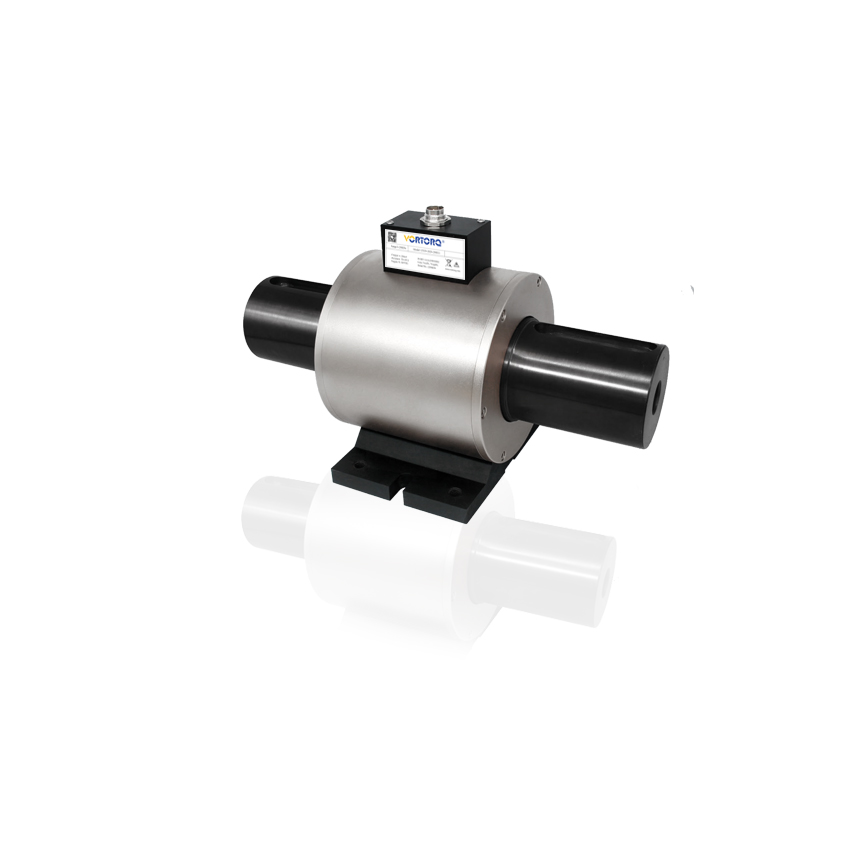
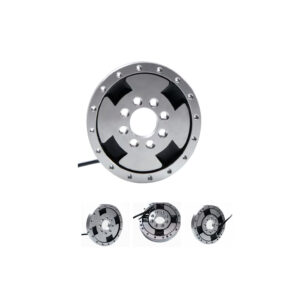
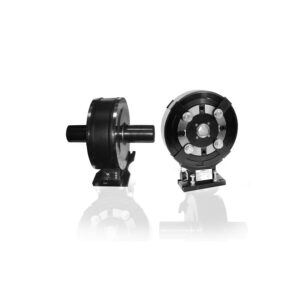
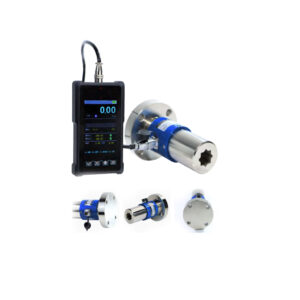
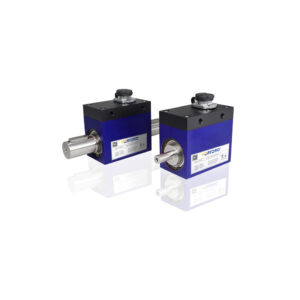
Reviews
There are no reviews yet.